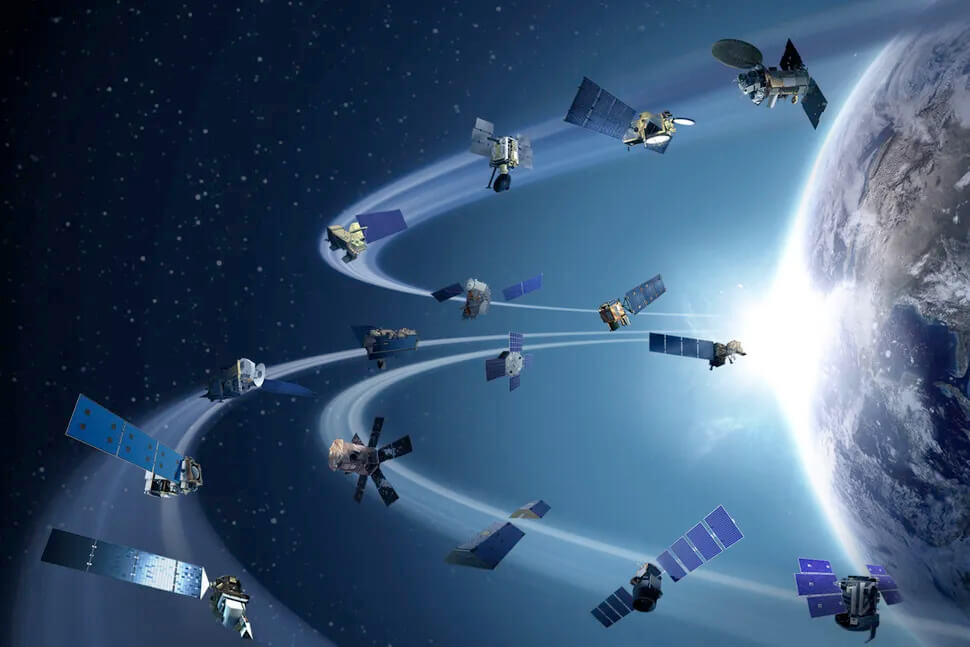In just five years, 930 million cubic meters of crevasses opened up in the Greenland ice sheet, equivalent to adding a crack the size of the Great Pyramid of Giza to the world's second largest ice sheet every few days.
The increased crevassing, especially prominent in fast-flowing portions of the ice sheet, could lead to a feedback loop that accelerates ice loss from the glacier, which ultimately raises sea levels. Greenland's ice melt has added 0.4 inches to sea levels since 1992 and is estimated to add another foot by the end of the century.
These findings come from a new study of Greenland between 2016 and 2021 by researchers at the University of Florida, Durham University in the United Kingdom, and other institutions. It is the first ice-sheet-scale analysis of the glacier's crevasses conducted over multiple years, which allowed scientists to see how crevasses changed over relatively short time periods.
Analyzing crevasse behavior across the entire Greenland ice sheet required new approaches.
"You can't do it in person, because crevasses are dangerous. It's hard to study by hand using satellite data. Automated approaches are needed to determine this at an ice-sheet scale," said Emma MacKie, Ph.D., a professor of geological sciences at the University of Florida, co-author of the study, and expert in machine learning techniques.
The team, which also included scientists from Ohio State University and the University of Washington, developed their automated crevasse detection and measurement system based on three-dimensional satellite imagery provided by the Polar Geospatial Center.
While general trends show increased crevassing across Greenland on average, the different regions of the glaciers showed different patterns. One sector on the west side of the island actually saw a drop in crevasse volume over the study period. But that regional drop was more than made up for by large increases, up to 25%, in crevasse volume in other areas of the glacier.
Since the study's conclusion, the western region has begun opening up more cracks, likely meaning the entire ice sheet will now see more crevassing in the years ahead.
"Crevasses can induce accelerated ice flow, leading to more crevassing. So there are these potential positive feedback loops caused by crevassing," MacKie said. "This mechanism should be considered in Greenland ice sheet models that we're using to project future sea level rise."
This work was supported in part by the National Aeronautics and Space Administration and the National Science Foundation.






